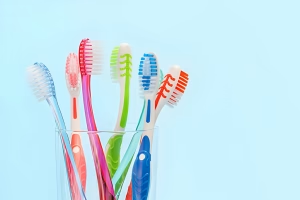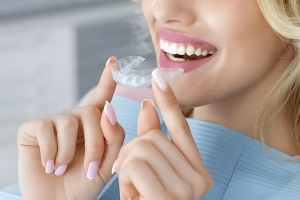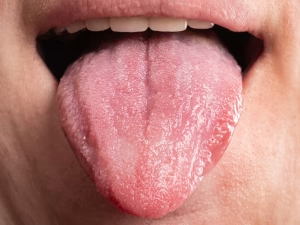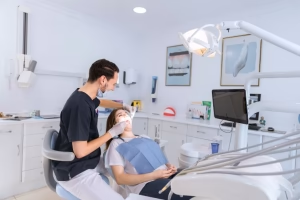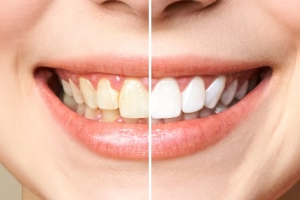Dental Hypoplasia: Causes, Treatment and Prevention
28 February 2021 | Updated: 15 October 2025

Enamel hypoplasia may sound concerning, but there’s no need to panic. This condition is more common than you might think, and with the right dental care, it can be effectively treated and managed. The main goals of treatment include preventing tooth decay, maintaining a proper bite, preserving the tooth structure, and keeping your smile looking healthy and natural.
Although enamel hypoplasia most often affects children and teenagers, adults can experience it too. While the appearance of hypoplastic teeth may be unsettling, modern dentistry offers several reliable solutions to restore both function and aesthetics.
In this article, we’ll explain what enamel hypoplasia is, what causes it, how to prevent it, and how early detection and treatment can make a lasting difference, especially if there’s a family history of enamel deficiency.
What Is Tooth Enamel Hypoplasia?
Enamel hypoplasia is best described as a lack of protective tissue covering the crown. People, mostly kids, who have this condition are often prone to tooth decay simply because their enamel hasn’t developed enough to provide adequate protection.
A tell-tale sign of hypoplastic enamel is usually brown spots forming on the surface of the teeth. In rare cases, a person may develop a completely brown tooth, which is why some people may resort to dental crown implants to fully restore their grins. After all, it’s a simple and effective procedure.
Goes to show, the color itself is often a strong indicator. But regardless of whether you notice any color changes, maintaining the health of the mineral-based compound that envelops our teeth is essential.
Fail to do so and there’s a probability your teeth will remain exposed to various bacteria, viruses, and harmful food, which can only exacerbate the problem. Children, in particular, might have to undergo enamel treatment procedures to fend off tooth decay and cavities.
There are two types of enamel hypoplasia: hereditary enamel hypoplasia and environmental enamel hypoplasia. As the name suggests, hereditary hypoplasia is an inherited defect or illness. Environmental hypoplasia, on the other hand, can be caused by a myriad of external reasons, such as bacterial or viral infection, nutritional factors, birth injury, dental fluorosis, trauma, abnormalities, etc.
Of course, your first line of defence is brushing your teeth regularly, and frequent bruxism treatment should you have issues with teeth-grinding. But enamel hypoplasia may require a little expert help, nonetheless.
The Symptoms of Dental Enamel Hypoplasia
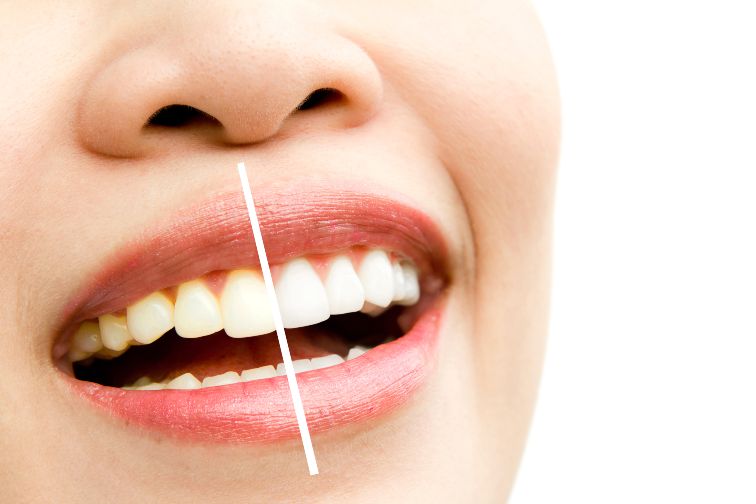
The signs are very subtle at the early stages, but that’s the best time to act, no two ways about it. Here are the most common symptoms of enamel hypoplasia:
- Small pits, depressions, and fissures
- White spots on the surface of the tooth
- Yellow and brown stains
- Sensitivity to heat and cold
- Lack of tooth contact and the irregular wearing of teeth
- Sensitivity to acids in food and drink
- Presence of harmful bacteria
- Tooth decay and cavities
If you notice any of these symptoms, make sure to visit the dentist. This is by far the best way to prevent any further damage and ensure natural teeth remain healthy and strong.
Enamel Hypoplasia Causes
As mentioned earlier, enamel hypoplasia can be classified into two main types: hereditary and environmental, each with distinct underlying causes.
Hereditary hypoplasia causes:
- Genetic disease
- Maternal illness
- Premature birth
Environmental hypoplasia causes:
- Malnutrition
- Bad diet
- Vitamin deficiency
- Bacterial or viral infection
- Trauma to the teeth
- Smoking, alcohol, and synthetic drugs
Enamel Hypoplasia Treatment

The most common treatment options include:
- Resin-bonded sealant: this treatment makes teeth less sensitive.
- Resin-based composite fillings: this is the best way to match the color of the sick tooth with the color of healthy teeth.
- Dental amalgam fillings: they are made of various metals. They have a silver color, therefore, you definitely don’t want them on your front teeth.
- Gold fillings: they are like dental amalgam fillings, but gold. They can be a bit pricey.
- Crowns – they cover the tooth and protect it from infection and bacteria.
- Enamel microabrasion – this minimally invasive procedure makes the teeth look healthier and whiter.
- Professional dental whitening: bling, bling!
However, you should also know that some cases of enamel hypoplasia are very mild and probably won’t require treatment. Nonetheless, sensitive teeth should be examined on a regular basis, just to be on the safe side.
Enamel Hypoplasia Prevention
If an infant is under your care, our suggestion would be to take him or her to the dentist the moment teething starts. This usually happens sometime before the first birthday.
Early screening can effectively determine whether there’s hereditary hypoplasia, which leaves enough time to establish a sound prevention plan.
If, however, you’re the one struggling with this issue, the best way to cure it is to prevent it. Yes, it sounds like a doctor’s cliche, but it’s true. Here’s how you can prevent enamel hypoplasia:
- Brush the teeth at least twice a day with a soft toothbrush.
- If your teeth are sensitive to cold, rinse with lukewarm water.
- Try your best not to eat sugary or acidic foods and drinks. If you have to eat it, make sure to brush and rinse after.
- Visit the dentist to set up a prevention plan.
Protecting Your Smile with Early Detection and Proper Care
Enamel hypoplasia may sound alarming, but with proper care and regular dental check-ups, it can be effectively managed. Many people live completely normal lives with this condition – the key is early detection and consistent oral hygiene.
If your child doesn’t have hereditary enamel hypoplasia, focus on prevention by maintaining strong dental habits and scheduling routine visits. For expert diagnosis, preventive advice, and personalized treatment, visit MGA Dental – your trusted clinic for long-term oral health and confident smiles.



